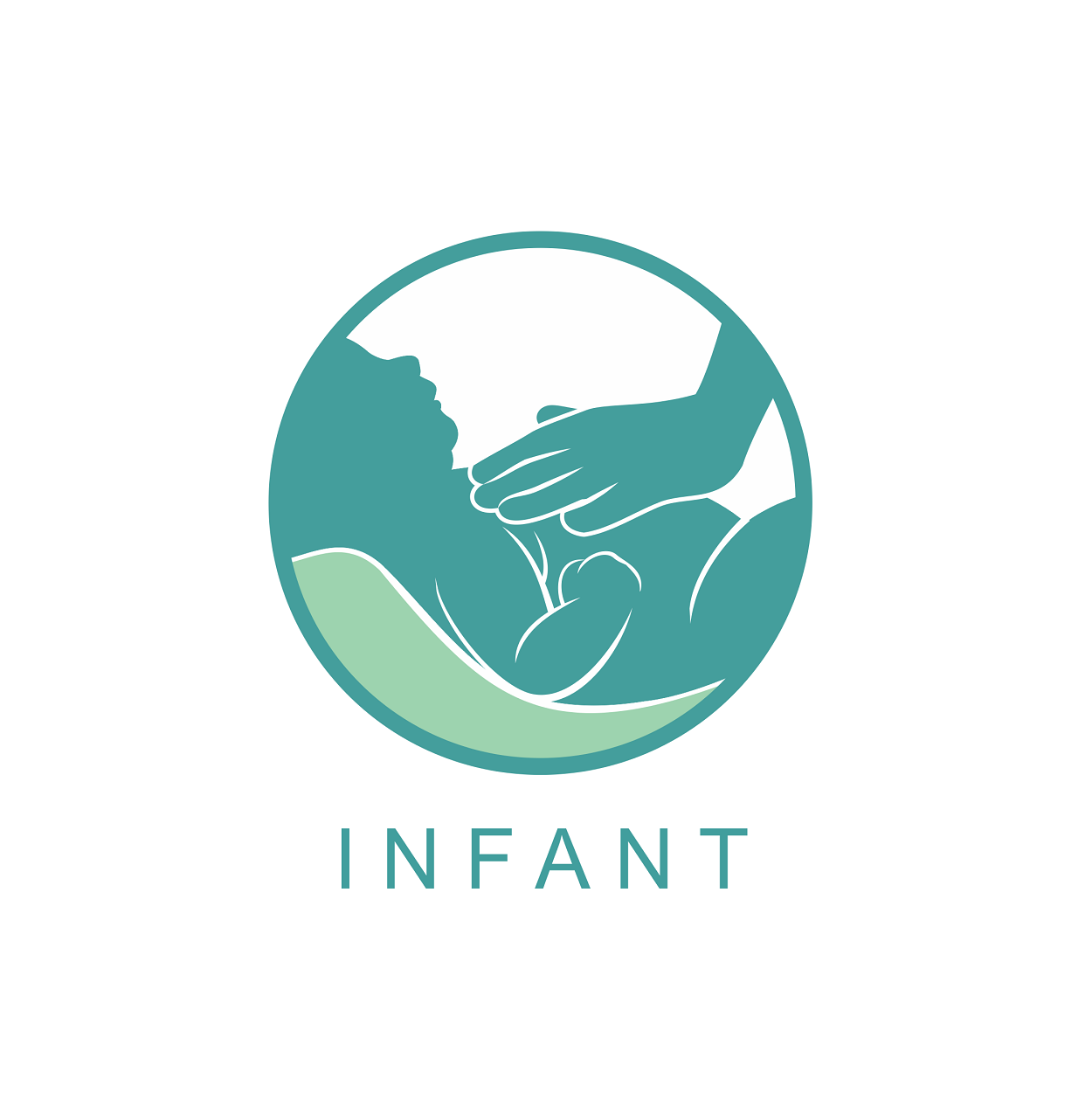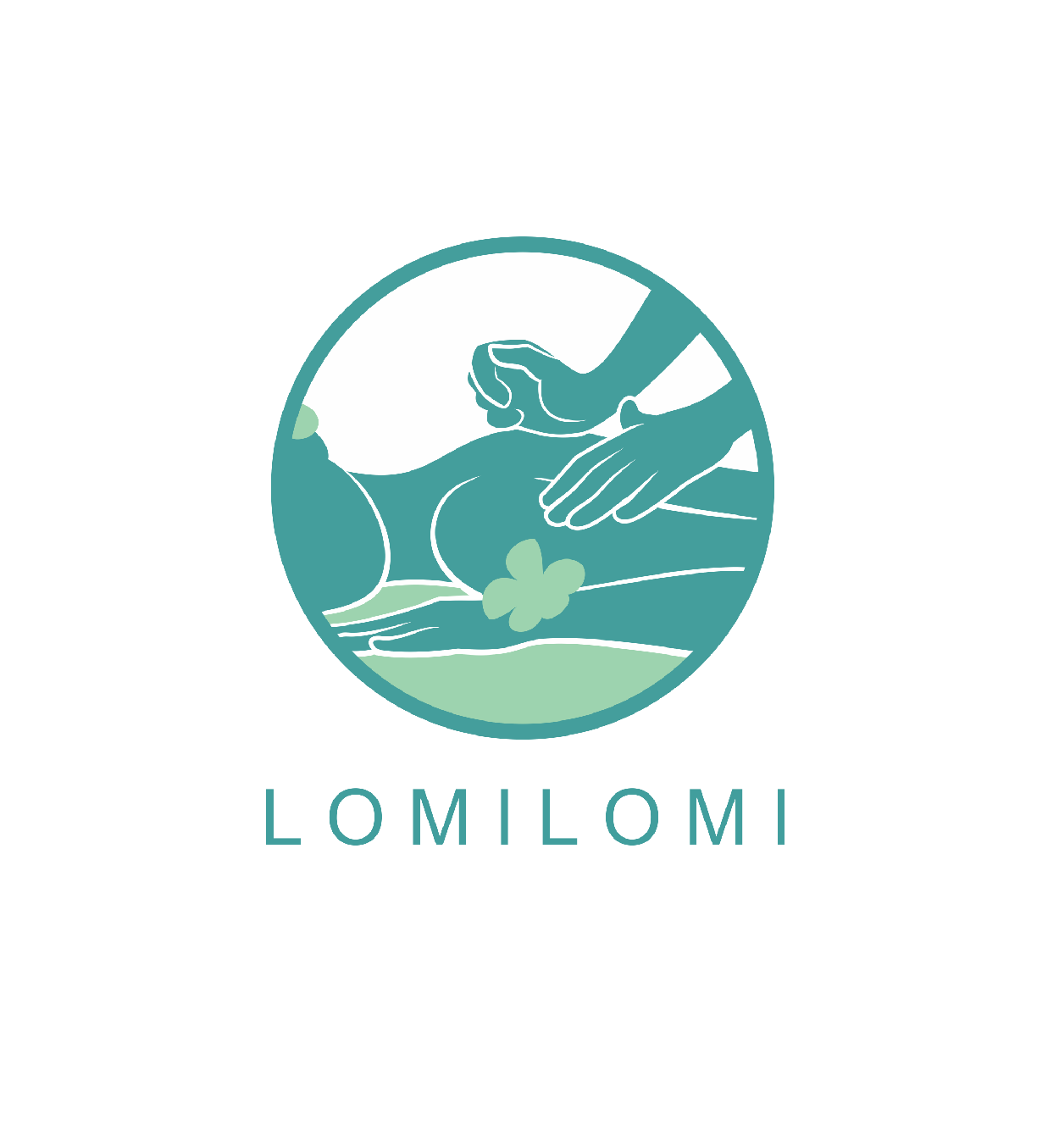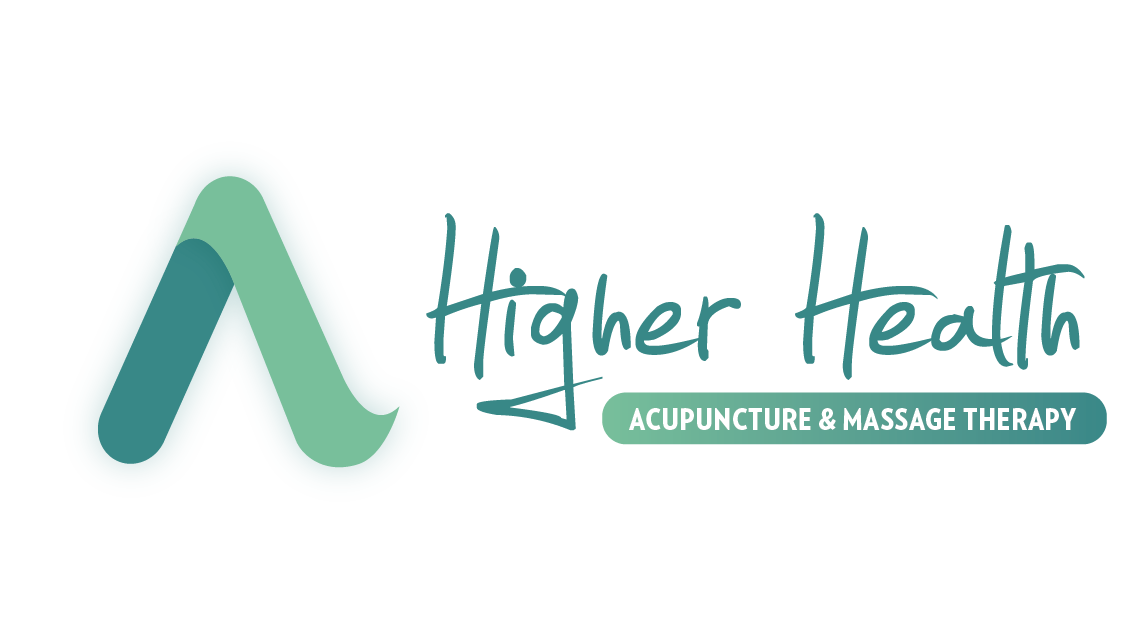Massage Types
Massage Types Offered
Goto our Therapists page and look for these icon's associated with each Therapist.
Aromatherapy
Aromatherapy is the use of plant oils known as essential oils for the treatment or prevention of disease. It is a form of complementary therapy designed to treat the whole person and not just the symptom or disease by assisting the body's natural ability to balance, regulate, heal and maintain itself.
Essential oils consist of tiny aromatic molecules that are readily absorbed via the skin, and whilst breathing they enter the lungs. These therapeutic constituents next enter the bloodstream and are carried around the body where they can deliver their beneficial healing powers. Because they are highly concentrated, only a small quantity of essential oil is required to bring about results.
- Chronic stress or anxiety
- Depression
- Insomnia and trouble sleeping
- Muscle pain
- Joint pain
- Respiratory infections
- Digestive upset
- PMS or menopause symptoms
- Skin problems or disorders
- Fatigue
Child Massage
A Child Massage appointment may take place with a parent present or an older child can have a session independently with parental consent. The child will remain fully clothed if they are more comfortable that way, and also covered by a drape that will only expose the body part being massaged. The Massage Therapist and child will discuss any physical aches and pains that may benefit from massage and agree on which areas will be massaged during the session. The benefits for child massage are generally the same as for adults, however some benefits more specific to children include:
- decrease levels of stress horomone cortisol, which leads to improved immune system function
- improve the pain associated with growing pains
- enhance neurological development and body awareness
- stimulate cognitive and motor development
- address any postural concerns or mild injuries to soft tissue
Craniosacral Massage
Craniosacral therapy is a complementary healing modality that uses gentle touch to manipulate the bones of the skull and the lower spine and pelvis. The technique was developed by an osteopathic physician and professor of biomechanics, John E. Upledger. A therapist gently works with the whole body including the spine and the skull, and its cranial sutures, diaphragms, and fascia. By using the hands as fine discriminating tools, Craniosacral therapists are able to detect disturbances in the cranial sacral rhythm to help them identify areas of dysfunction, such as cranial, sutural, membrane and other soft tissue restrictions in the body.
Craniosacral Massage is great for:
Fire Cupping
Deep Tissue Massage
Essential Oils
Essential oils help promote healing and a feeling of well-being and relaxation in the recipient. In choosing the oils for an Essential Oil massage, the Massage Therapist generally creates a blend of three oils which are then added to a carrier oil. A blend means that when a particular set of oils are combined together, they enhance each other’s properties, and make a pleasing scent.The oil is applied in long sweeping strokes which warm the skin and muscles and prepare the body for deep tissue massage. Once the muscles are warmed, the Massage Therapist will continue with deeper massage, rolling and squeezing the skin and underlying muscles between the hands. Again, this should not be painful, but deeply relaxing.
Essential Oil Massage helps
- Assistance regulating both male & female hormones
- Relief of menstrual cramps
- Stimulation of the Immune System
- Decrease in congestion
- Relief of tension headaches
- Improved Energy
- Relaxation of muscles
- Reduction of inflammation
- Improved sleep
- Aiding digestion and improving blood circulation
Hot Stone Massage
Smooth Stones of various weights and sizes are pre-warmed in water. The therapist applies oil and performs Swedish massage techniques while holding hot stones in their hands. At times, warm stones may be placed on key points of the body, including the back, palms and feet. The heat penetrates into the tissues, allowing
the therapist to work into the muscles without using deep pressure, or to better treat any areas that are requested.
Hot Stone Massage helps with:
- Stress and anxiety
- Poor circulation, chills
- Muscle tension
- Insomnia
- Fatigue
Indian Head Massage
Indian head massage focuses on your head, neck and shoulders and was originally used to improve scalp and hair condition. It is a deep massage, using a variety of pressure and techniques, including circular massage strokes on your scalp, deep tissue work on your shoulders, and stretching the neck. In an Indian head massage, you are likely to have oils rubbed into your scalp. You may be asked whether you have dry, greasy, normal hair so that the therapist can use an oil which will most improve your hair's shine and texture. It's worth mentioning, too, if you have dandruff, or thinning hair, as some oils are can help improve these conditions.
Indian Head Massage is good for:
- Aids in the relief of migraines
- Promotes Hair Growth
- Stimulates Lymphatic Drainage
- Relieves insomnia and fatigue
- Relieves symptoms of anxiety and depression
- Renews energy levels.

Infant Massage
Infant Massage - Age 3 months to 24 months
In an Infant Massage appointment, the treatment room is set up to be a more baby-friendly environment. The treatment always takes place with the parent/caregiver in the room. The Massage Therapist and parent/caregiver will discuss any ailments such as teething, gas, colic, constipation, recent illness leading to sinus or chest congestion. All of these symotoms and more may be addressed with massage. The Massage Therapist may perform some of the massage sequences on the infant/toddler, but more importantly will teach the parent/caregiver how to do the same massage techniques in order to provide nurturing touch massage at home, between sessions. Most babies can receive massage, even if there are some health concerns. Always speak with your doctor to find out if Infant Massage could be added as a compliment to ongoing medical care. Treatment time includes any necessary care on behalf of the parent/caregiver such as feeding and changing. It is never expected that a young child will sit still for the full treatment, so multiple positions for various massage sequences can be explored to ensure baby enjoys all the benefits of the massage appointment. This time can also be greatly beneficial for the person providing massage. It provides a unique opportunity for bonding, a quiet time for the caregiver to learn baby's cues for communicating needs, and a deeper sense of satisfaction and confidence having "tools" to respond to babies various needs with nurturing touch.
Benefits specifc to infant/toddlers include:
- promote sleep
- improve babies ability to pass gas or improve bowel movements in case of constipation
- decrease chest or sinus congestion
- decrease pain associated with teething
- decrease levels of stress horomone cortisol, which leads to improved immune system function
- improve the pain associated with growing pains
- enhance neurological development and body awareness
- stimulate cognitive and motor development

Lomi Lomi Massage
Lomi Lomi is a traditional Hawaiian massage that aims to restore harmony and balance within the body. This healing art was passed down through generations of Polynesian ancestors and has only become more widely practiced over the past few decades. Several styles of Lomi Lomi Hawaiian massage have evolved
over the years, with Big Island Style Massage (Auntie Margaret's style) being the most recognized.
Lomi Lomi Massage Helps with:
- promoting circulation
- relaxes muscles
- stimulates lymphatic flow
- boosts immunity
- creates space in the joints and releases tension
- encourages clearing of mental or emotional blockages
Lymphatic (MLD) Massage
Carefully circling the skin with a pumping motion and very light pressure and little
or no oil, the therapist will stimulate nodes and encourage the movement of lymph toward drainage sites. The systematic and precise method is very gentle and relaxing.
The therapist will customize the treatment to the patient’s circumstances. The treatment may be entirely Manual Lymph Drainage, or combined with other massage techniques.
Manual Lymph Drainage helps with:
- Lymphedema
- Lipedema
- Traumatic edema
- Post- surgical edema
- Cosmetic disorders (acne, rosacea, scars, stretch marks)
- Late stages of pregnancy (commonly legs and breasts)
- Gynecological disorders
- Neurological disorders
- Burn- out syndrome / stress
- Rheumatic diseases
Myofascial Massage
Myofascial Massage or Myofascial release’ is a soft tissue therapy and is used for the treatment of skeletal muscle immobility and pain. It focuses primarily on the fascia (elastic connective tissue) and other connective tissues.
It is believed that our fascia can tighten; constricting our muscles, decreasing blood supply, causing pain and decreasing range of movement. The aim of myofascial release is to relax contracted muscles, improve lymphatic and blood circulation, and stimulate the ‘stretch reflex’, in our muscles.
With myofascial release, gentle, sustained pressure is applied to loosen and lengthen the constricting fascia. During this time, the practitioner may work on breaking down adhesions between the tissues. It may take several minutes for each specific area to be worked on for the tissues to be softened and re-aligned. This is generally done without the use of lubricants as the therapist needs to be able to accurately feel and manipulate the fibres of the fascia.
Myofascial Release is good for:
- Corrects Muscle Imbalances
- Improves Joint Range of Motion
- Relieves Muscle Soreness and Joint Stress
- Improves Neuromusclar Efficiency
- Relaxes our Muscles
- Provides Optimal Length-Tension relationships
Pregnancy Massage
Reflexology
Every part of the foot corresponds to an area of the body, and massage of the feet stimulates the corresponding part of the body so that receiving a reflexology massage is regarded as the equivalent of a full body massage.
The most obvious effect of reflexology massage is that of stress reduction. The techniques of reflexology include finger or thumb walking--where the Massage Therapist walks the finger or thumb over different areas of the feet in a set sequence--and massage and kneading of the foot using the whole hand. The experience is generally firm, but gentle, and should never cause discomfort or pain. According to “The Complete Illustrated Guide to Reflexology,” people of any age or sex--the elderly, women, men, teenagers, children and babies--can derive positive benefits from reflexology.”
Reflexology is good for:
Reiki
Reiki can be administered by your Massage Therapist and is based on the idea that an unseen "life force energy" flows through us and is what causes us to be alive. If one's "life force energy" is low, then we are more likely to get sick or feel stress, and if it is high, we are more capable of being happy and healthy. A treatment feels like a wonderful glowing radiance that flows through and around you. Reiki treats the whole person including body, emotions, mind and spirit creating many beneficial effects that include relaxation and feelings of peace, security and well being.
Reiki is a simple, natural and safe method of spiritual healing and self-improvement that everyone can use.
Reiki can help with:
- Promotes Harmony & Balance
- Creates deep relaxation and helps the body release stress and tension
- Dissolves energy blocks and promotes natural balance between mind, body and spirit
- Heal mental/emotional wounds and can help alleviate mood swings, fear, frustration and even anger
- Assists the body in cleansing itself from toxins and supports the immune system
- Clears the mind and improves focus as you feel grounded & centered
- Aids better sleep
- Accelerates the body’s self-healing ability
- Helps relieve pain and supports the physical body healing
- Helps with symptoms of asthma, chronic fatigue, menopausal symptoms, and insomnia
- Helps spiritual growth and emotional cleansing
- Compliments medical treatment & other therapies
Relaxation Massage
Relaxation Massage or Swedish massage is a great introductory massage for many reasons, number one being that it involves firm, yet gentle strokes. You are placed on a flat elevated massage table with a cutout for your face. Beginning on your stomach, the massage therapist will begin long, firm brush-like strokes along your back and eventually over your shoulders, arms, then down to lower back and legs. Halfway through the appointment you will be asked to turn over, finishing the second half face up for the treatment of your upper shoulders, arms and fronts of legs. Massage therapists usually use either the flat palm or heel of their hand or a grouping of fingertips to deliver pressure to tight spots and also help loosen and lengthen muscles. Relaxation massage is designed specifically to enhance circulation and blood flow to the large muscle groups.
Relaxation Massage is great for:
- Overall relaxation
- Better blood circulation
- Stronger immune system
- Better mental health
- Healing from injury and disease
- Better skin tone
Sports Massage
Therapeutic Massage
Therapeutic massage is a general term that helps relieve pain, reduce stress, and work on a specific problem—such as a frozen shoulder. People tend to assume therapeutic massage means deep tissue massage, and that they will get a very strong massage. But this is not always the case. Deep tissue massage is great at breaking down scar tissue and getting your blood circulating, but it may not be what you need on a particular day. A good therapist will apply the specific techniques and the right amount of pressure to address your need, and sometimes that’s a lighter touch.
Therapueutic Massage Helps with:
• Fibromyalgia
• Chronic body aches and pains
• Palliative care massage
• Pediatric massage – especially in cases of special needs children such as Autism and Down’s syndrome
• Repetitive stress or strain injuries such as carpal tunnel syndrome
• Whiplash and accidents
• Arthritis
• TMJ or jaw complaints
• Posture and weight issues
Triggerpoint Massage
Trigger points are painful spots in the muscle tissue that radiate pain to other areas. A trigger point is an indication that the body has experienced some form of physiological dysfunction, such as poor posture, repetitive mechanical stress, a mechanical imbalance such as legs of different lengths, or acute trauma. A unique feature of trigger points is that they almost always refer pain to other areas of the body. Trigger points are part of a protective mechanism of your body, an important defense reflex that keeps your body safe. Problems occur when the reflex misfires or doesn’t switch off – causing ongoing pain and stiffness.Trigger point therapy is a technique in which trigger points are located and manipulated to reduce the pain and "deactivate" the point.
Trigger Point Massage is great for treating :
- Headache
- temporomandibular joint pain
- low back pain
- osteoarthritis
- carpal tunnel syndrome
- tinnitus
- migraines
- sciatica and sports injuries



